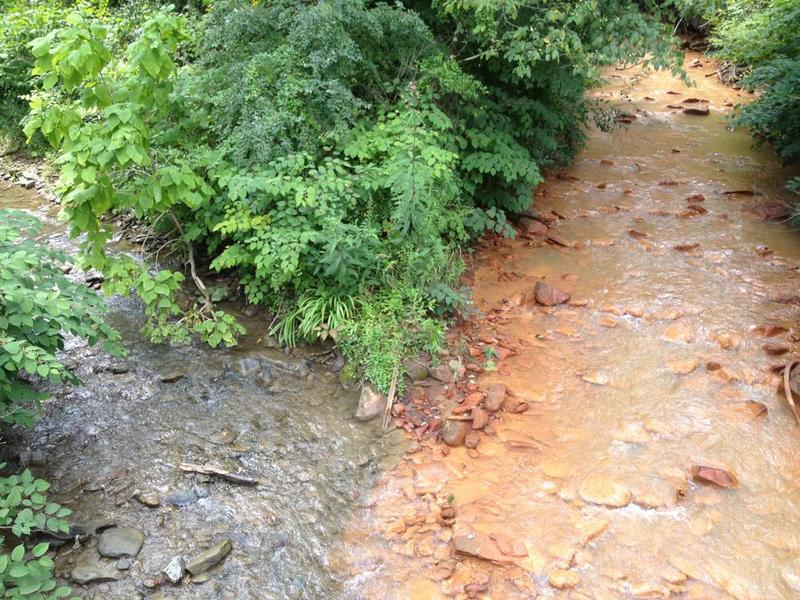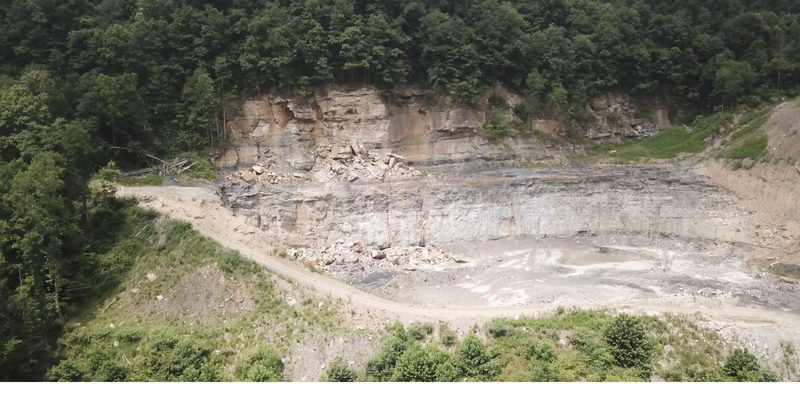This is the first in a series of posts about common permit violations that citizens can look for and report to hold coal companies accountable. Stay tuned for more!
Water

Black water, sedimentation, and spills are among the easiest violations to detect, and require immediate contact with the West Virginia Department of Environmental Protection (WVDEP) for prompt inspection before they flow away. Promptness is key!
Digital Monitoring Reports: coal companies submit these reports on water quality. These can be cumulatively very expensive for coal companies. (This is where citizen monitoring comes in!) For example, Massey Energy and Alpha Metallurgical Resources amassed over 4000 violations, which were met with no action from the understaffed WVDEP. The EPA found these violations and cited the companies, settling at $20 million and $27 million fines respectively.
Diesel-smelling water is a telltale sign that something is wrong. Discoloration in water flows, or a visible difference where two streams come together, are also signs that there is a possible violation upstream.
In addition to these visual and sensory signs, there are many easily-accessible tests which are a good way to determine if there is water contamination. Conductivity, pH, selenium are metrics to watch for that can yield violations.
Sediment Control
 **
**
**
Drone videos can reveal sediment ditches in violation of permits. Sediment ditches catch runoff and contain sediment on site, and can have issues including: dips, cracks, collapse, and overfill (ditches have a maximum percentage fill in permits). You can also look for things in the footage that look like gulleys that are either full of water (overfill) or have lots of debris in them. Sediment pond leaks are another point of concern.
For a citizen sediment complaint, include video, and screenshots of where these potential violations show up in footage. This video could be taken from a drone, or from the ground.
Blasting
 **
**
**
It's rare that the DEP follows up with a citation from a blasting violation. But regardless, look for and document dust clouds. Video footage and photos are not considered evidence, but it is still worthwhile to document thoroughly. It is important to get this documentation filed as a complaint on record, regardless of DEP followup.
Other places where blasting may cause issues are cracked foundations or walls, and sunk or polluted wells. It's good to compare notes with neighbors, to get a sense of how far the blasting impacts extend.
While dust leaving the mine site (fugitive dust) is a violation, the WVDEP doesn't take photo or video footage into consideration - rather, they rely on their own inspection. They'll often come the next day, when dust will have had plenty of time to disperse, and tend to base their judgement on company logs of blast activity, and local seismographic data.
When violations are given, they are usually for peak particle velocity, air blast, or administrative infractions.
We'll note that blasting is the main health hazard related to MTR. Silica dust is very harmful to human health and is a well-established carcinogen. While blasting complaints rarely yield citations for violation, it's still worth filing. If operations are slowed, that carves out more clean air days for people living near these mines.
Other violations
 **
**
**
Highwall collapse, slips, offsite or downslope spoil disposal, mud on road, and flyrock. In cases where these don't yield citations, they can still make companies divert money and labor to remediation, which slows them down and is costly. All of this is worth submitting complaints about!
In any case: companies that get three violations of the same type year initiates the "show cause" process, and entails fines for companies and requires demonstrable change in procedure.
Some final notes: pay attention to the color of streams and the space around the edges of permit areas (this is where violations often crop up). And while photos or videos aren't considered evidence in agency citation processes, they can tell DEP officials where to look - documentation is really important!

0 Comments
Login to comment.